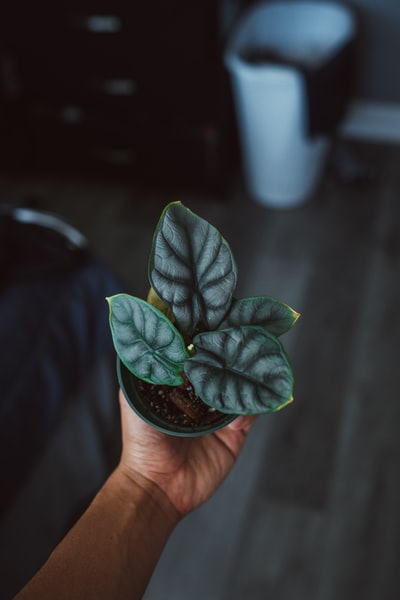 Water and solutes enter plants through their roots. They move in through the root hair cells then travels through the root cells and into the xylem. From here they can be taken to where they’re needed in the rest of the plant.
Water and solutes enter plants through their roots. They move in through the root hair cells then travels through the root cells and into the xylem. From here they can be taken to where they’re needed in the rest of the plant.
Root hairs are extensions of a root cell’s epidermis. By increasing the surface area a root hair thereby increasing the rate at which water is absorbed. Water is able to enter the cell via osmosis because the root hair cell maintains a low potential by containing a cocktail of organic substances and inorganic ions. The water then moves down its concentration gradient across the cell membrane and into the cell’s cytoplasm and vacuole.
The water travels into the xylem also by osmosis. From here it is then able to take one of three paths:
- the apoplast pathway: the water travels from cell wall to cell wall avoiding the cytoplasm
- the symplast pathway: the water travels through the cytoplasm and/or vacuoles of each cell
- the vacuolar pathways: the water only travels through the vacuoles
Xylem is composed of xylem vessels which are dead, elongated cells laid out in an end to end structure. They are strengthened by lignin, a strong substance which is impermeable to water. However, they contain gaps, called pits, through which the water can travel into the rest of the plants. These are strengthened with permeable cellulose.
One way in which water moves up the xylem to the leaves is due to transpiration. Transpiration is the process by which water leaves the leaves via the stomata. As the water escapes the hydrostatic pressure at the top of the plant drops and the pressure difference between the top and bottom of the plant sucks the water up.
This is called mass flow and relies on the fact that water molecules are:
- cohesive in that they ‘stick’ together’ creating a cohesion-tension
- adhesive in that they’re attracted to the xylem’s lignin walls
The rate of transpiration can be affected by a number of factors:
- Light: the stomata are stimulated by light to open so that more carbon dioxide can reach the leaves meaning they can photosynthesise. However, this increases transpiration and if a plant loses too much water it will wilt.
- Temperature: water molecules move more quickly the higher the temperature because they have more energy making it easier for them to escape the leaves. In addition, the warmer the air the more moisture it can hold so water tends to diffuse out of the leaves more rapidly.
- Humidity: this refers to the amount of water in the air. At low humidity, where there’s not much water in the air, water in the leaves moves down the concentration gradient and out into the atmosphere. However, if the humidity is high, then the concentration gradient it not as steep and so the transpiration rate is slower.
- Air movement: air movement or wind speed ties in with humidity. If there’s a strong wind with a lot of air movement the water molecules are blown away from the leaves decreasing the level of humidity and increasing the rate of transpiration.